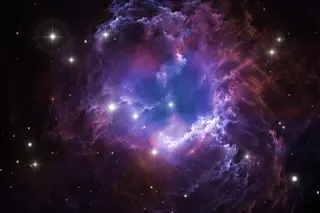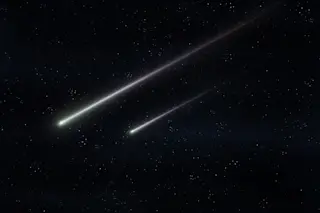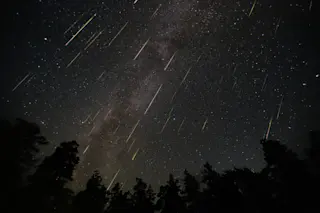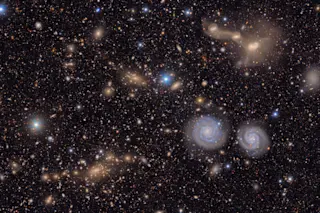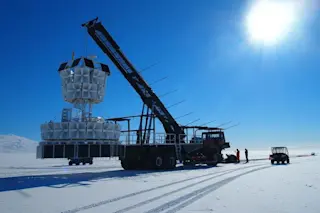This week brings the annual return of the Perseids, one of the most stunning meteor showers of the year, visible from just about anywhere. WHAT: The height of the Perseid shower comes every August, because that's the time our planet passes through a certain debris path.
The Perseids are created by the tiny remnants left behind by comet Swift-Tuttle. The Earth passes through this material once a year, creating a spectacular show as the cometary particles burn up in the atmosphere [Discovery News].
WHERE: Like the Orionid meteors
, which come around in October, the Perseids are so named because of the constellation from which they appear to originate.
If you trace the Perseid meteor trails backward, they meet within the constellation Perseus the Hero; this is how the shower got its name [Astronomy].
WHEN: Tonight (Wednesday) through Friday night we'll see the height of Perseid visibility once the sky ...




